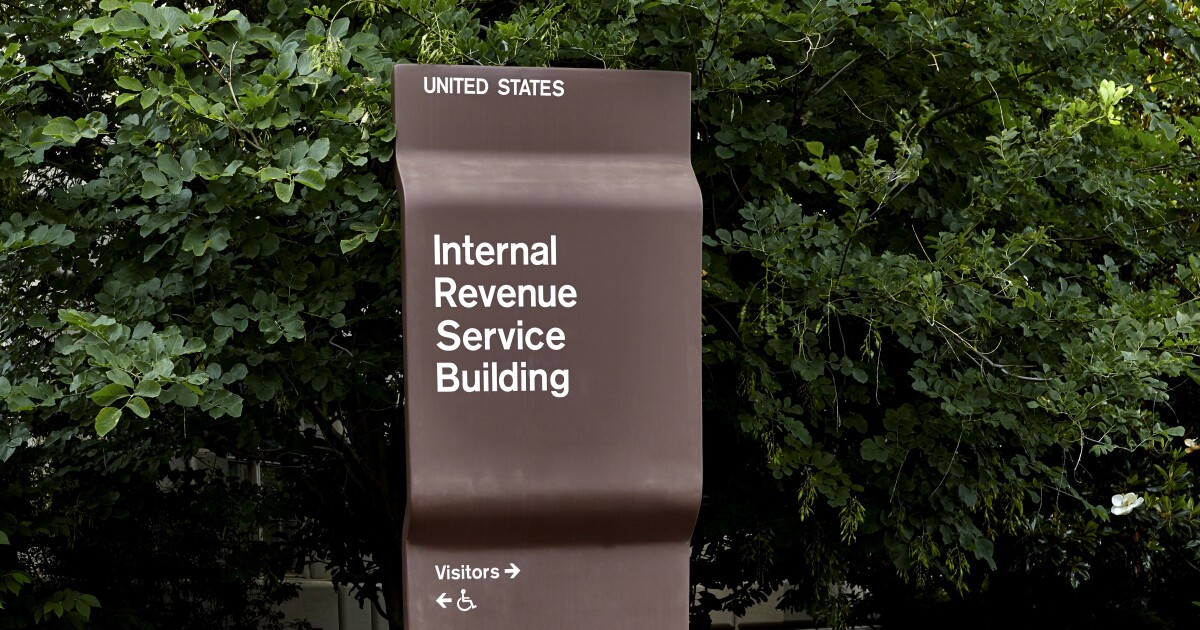Credit losses represent a significant area of focus in financial statement audits. As economic conditions fluctuate and accounting standards evolve, auditors face increasing challenges in evaluating how organizations estimate and report credit losses, and in providing a comprehensive overview of credit loss assessment in financial statement audits.
This article will explore the concept of credit losses, examine relevant regulatory frameworks, discuss vital challenges auditors encounter, and offer best practices for effectively auditing credit loss estimates. In addition, it will also describe key emerging trends and technologies shaping the future of credit loss auditing.
Credit losses occur when a borrower fails to repay a debt according to the initial agreement. These losses are typically reported as allowances for credit losses or loan loss provisions in financial statements. They represent the estimated amount of debt that may not be collected, reflecting the credit risk associated with a company’s financial assets.
For auditors, understanding how companies calculate and report credit losses is crucial. This process often involves complex estimates and judgments, as companies must forecast future economic conditions and borrower behavior. The shift toward more forward-looking models, such as the Current Expected Credit Loss model in the United States, has further increased the complexity of these estimates.
Auditors must evaluate whether these estimates are reasonable and supported by appropriate evidence, ensuring that financial statements accurately reflect the company’s credit risk exposure.
Regulatory framework and standards
Various standards and regulations govern the accounting for credit losses, which have undergone significant changes in recent years. In the United States, the Financial Accounting Standards Board introduced Accounting Standards Update 2016-13, which implemented the CECL model. Internationally, the International Accounting Standards Board has issued IFRS 9, which includes a similar expected credit loss model.
These standards require companies to recognize expected credit losses over the life of a financial asset rather than waiting for a loss event to occur. This forward-looking approach aims to provide financial statement users with more timely and relevant information about credit risk.
Auditors must stay current with these standards and any related interpretations or guidance issued by regulatory bodies. They must also understand how these standards apply to different types of financial assets and industries to effectively audit credit loss estimates.
Critical challenges in auditing credit losses
Auditing credit losses presents several challenges:
- Complexity of models: Credit loss models often involve complex statistical techniques and numerous assumptions. Auditors must assess whether these models are appropriate and whether the assumptions used are reasonable.
- Data quality and availability: The accuracy of credit loss estimates depends heavily on the quality and completeness of historical and current data. Auditors must evaluate the reliability of data sources and the processes used to collect and maintain this information.
- Judgment and estimation uncertainty: Credit loss estimates involve significant judgment, particularly in forecasting future economic conditions. Auditors must evaluate the reasonableness of these judgments and ensure appropriate disclosure of estimation uncertainty.
- Rapidly changing economic conditions: Economic volatility can quickly render historical data and assumptions obsolete. Auditors must consider how companies have incorporated recent economic trends and events into their estimates.
- Internal controls: Assessing the effectiveness of internal controls over the credit loss estimation process is crucial but can be challenging due to the complexity and judgment involved.
- Potential management bias: Given the subjective nature of credit loss estimates, there’s a risk of management bias. Auditors must remain skeptical and alert to potential manipulations of these estimates.
Best practices for auditors
To effectively audit credit losses, auditors should consider the following best practices:
- Develop a thorough understanding: Gain in-depth knowledge of the company’s business model, credit risk management practices and the specific credit loss estimation methodology.
- Assess model appropriateness: Evaluate whether the credit loss model aligns with accounting standards and suits the company’s specific circumstances. When dealing with complex models, consider involving specialists.
- Test key assumptions: Critically evaluate the reasonableness of key assumptions used in the credit loss model. This may involve comparing assumptions to industry benchmarks, historical data, and economic forecasts from reliable sources.
- Perform sensitivity analyses: Assess how changes in key assumptions impact the credit loss estimate to understand the model’s sensitivity and identify potential areas of concern.
- Evaluate data integrity: Test the completeness and accuracy of data used in the credit loss model. This includes both historical data and current information used to inform forward-looking estimates.
- Review disclosures: Ensure financial statement disclosures adequately explain the credit loss estimation process, key assumptions and areas of uncertainty.
- Assess internal controls: Thoroughly evaluate internal controls’ design and operating effectiveness over the credit loss estimation process.
- Consider management bias: When selecting assumptions or data used in the estimation process, remain alert to potential indicators of management bias.
- Document thoroughly: Maintain clear and comprehensive documentation of audit procedures performed, evidence obtained, and conclusions regarding credit loss estimates’ reasonableness.
- Stay updated: Continuously monitor changes in accounting standards, regulatory guidance, and industry practices related to credit loss estimation and auditing.
Emerging trends and technologies
The field of credit loss auditing is evolving rapidly, driven by technological advancements and changing regulatory landscapes. Emerging trends include:
- Increased use of artificial intelligence and machine learning in credit loss modeling;
- Greater emphasis on real-time data analysis and continuous auditing techniques;
- Enhanced data analytics tools for identifying patterns and anomalies in large datasets;
- Growing focus on climate-related risks and their potential impact on credit losses; and,
- Increased regulatory scrutiny of credit loss estimates, particularly during economic uncertainty.
The impact of AI on auditing credit losses
Artificial intelligence is revolutionizing how credit losses are estimated and audited. Its ability to quickly process vast amounts of data and identify complex patterns is particularly valuable in this field.
Here are some key areas where AI is making a significant impact:
1. Enhanced pattern recognition. AI algorithms can analyze historical data to identify subtle patterns indicating increased credit risk. For example, an AI system might detect that customers who make frequent small purchases followed by large purchases are more likely to default. This pattern might need to be more nuanced for traditional analysis methods to catch.
Example: An auditor reviewing a bank’s credit loss estimates could use AI to analyze the transaction patterns of thousands of credit card holders. The AI might identify a correlation between certain spending behaviors and the likelihood of default that the bank’s model hasn’t accounted for, prompting the auditor to question the completeness of the bank’s risk assessment.
2. Improved forecasting. AI models can incorporate a broader range of variables and data sources to improve the accuracy of credit loss forecasts. This includes nontraditional data such as social media posts, online behavior, or macroeconomic indicators.
Example: When auditing a mortgage lender’s expected credit losses, an AI system could analyze not just traditional factors like credit scores and income but also incorporate data on local real estate trends, employment statistics, and even climate change projections for coastal properties. The auditor could assess whether the lender’s forecasting model is sufficiently comprehensive.
3. Real-time risk assessment. AI systems can continuously update risk assessments as new data becomes available, allowing for more dynamic credit loss estimates.
Example: An auditor reviewing a company’s accounts receivable might use an AI tool that continuously monitors customer payment behaviors, news about customer companies, and industry trends. This could help the auditor assess whether the company’s credit loss allowances are updated frequently enough to reflect current risks.
4. Anomaly detection. AI can quickly identify unusual patterns or transactions that might indicate errors in credit loss calculations or potential fraud.
Example: When auditing an extensive portfolio of loans, an AI system could flag individual loans or groups with risk characteristics that don’t align with their assigned risk ratings. This could help auditors focus on areas where the credit loss estimates might need to be more accurate.
5. Automation of routine tasks. AI can automate many routine aspects of auditing credit losses, such as data gathering, reconciliations, and basic calculations. This allows auditors to focus more on complex judgments and risk assessments.
Example: An AI system could automatically gather loan data, calculate expected loss rates based on historical performance, and compare these to the client’s estimates. The auditor could then focus on evaluating the reasonableness of any differences and assessing the qualitative factors that might justify them.
6. Enhanced scenario analysis. AI can rapidly run multiple complex economic scenarios to stress-test credit loss models, providing auditors with a more comprehensive view of potential risks.
Example: When auditing a bank’s loan loss provisions, an AI system could quickly generate and analyze hundreds of potential economic scenarios, considering factors like interest rates, unemployment and GDP growth. This could help the auditor assess whether the bank’s scenario analysis is sufficiently robust and comprehensive.
While AI offers significant benefits, it’s important to note that it also introduces new challenges for auditors. These include ensuring the reliability and appropriateness of AI models, understanding the “black box” nature of some AI algorithms, and maintaining professional skepticism when working with AI-generated insights. Auditors must develop new skills to effectively leverage AI tools while still applying their professional judgment to the audit process.
Auditors should stay informed about these trends and consider how they might impact their audit approaches and methodologies.
Final word
Auditing credit losses remains a complex and challenging task. By staying informed, applying best practices, and leveraging emerging technologies, auditors can enhance the effectiveness and efficiency of their work, ultimately contributing to the reliability and transparency of financial reporting.


 Personal Finance1 week ago
Personal Finance1 week ago
 Economics1 week ago
Economics1 week ago
 Economics5 days ago
Economics5 days ago
 Economics1 week ago
Economics1 week ago
 Economics4 days ago
Economics4 days ago
 Finance5 days ago
Finance5 days ago
 Economics5 days ago
Economics5 days ago
 Economics3 days ago
Economics3 days ago












